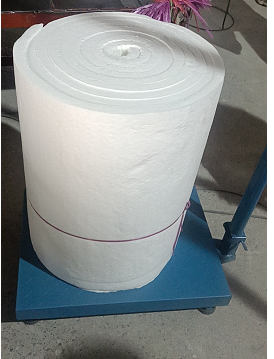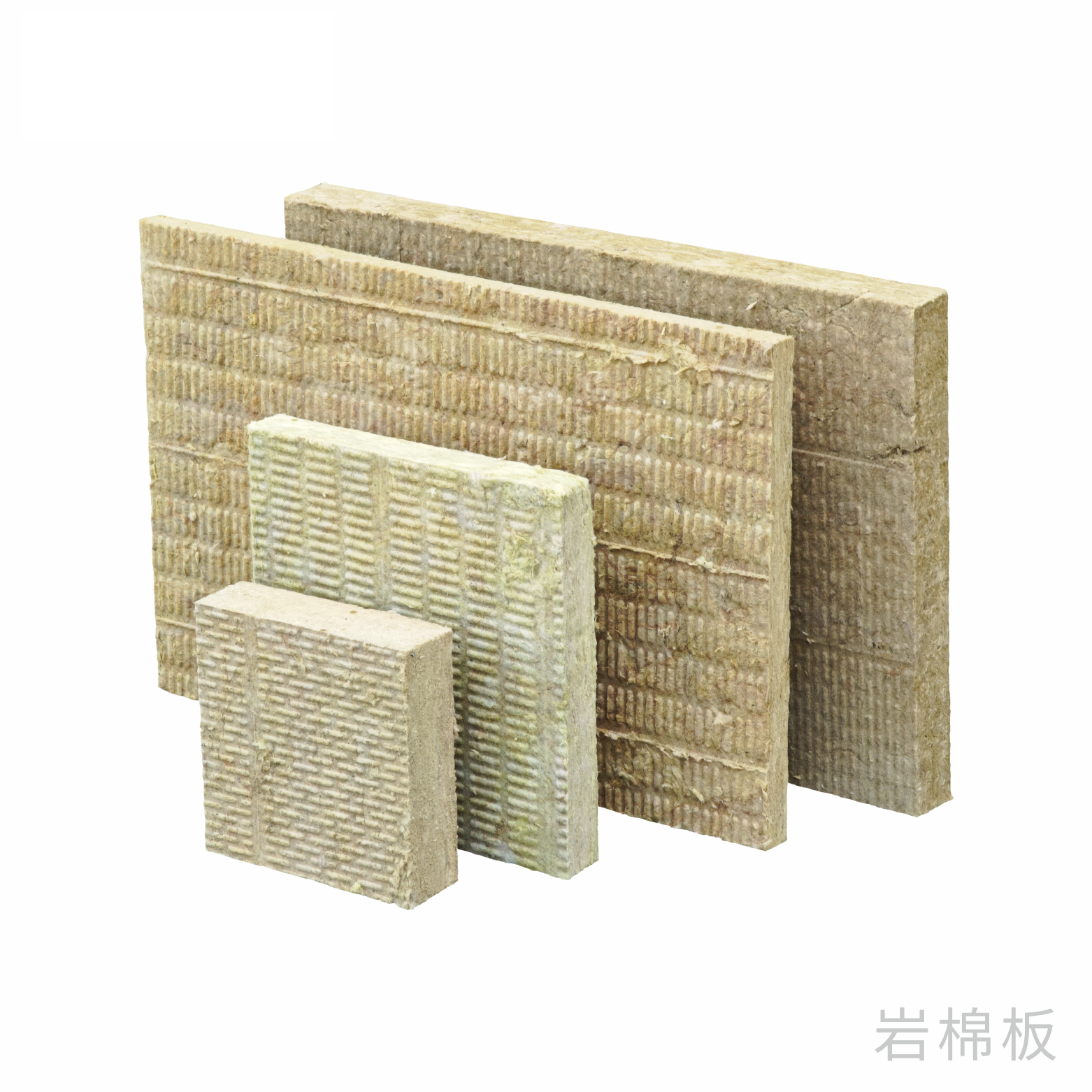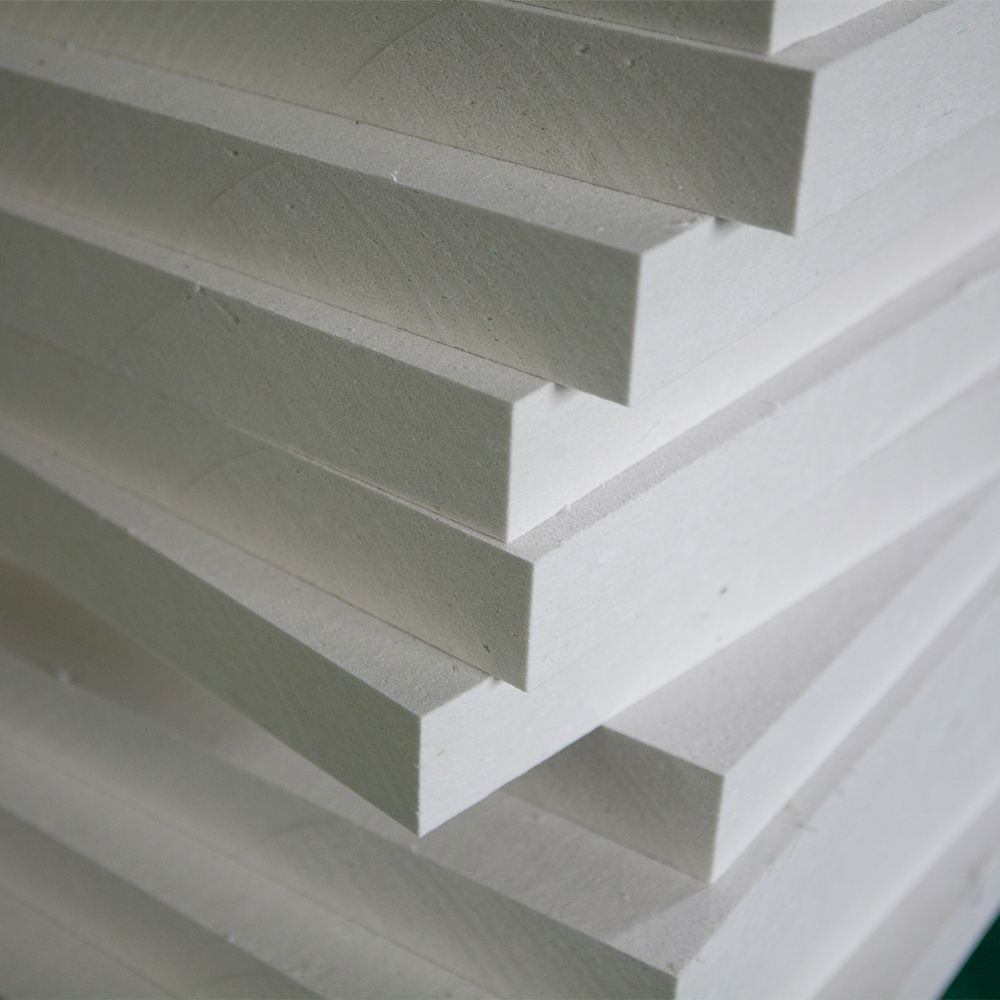Ceramic fiber pipe, also known as ceramic fiber tube or refractory ceramic pipe, is a specialized high-temperature insulation material engineered to withstand extreme thermal environments. Composed primarily of alumina-silicate fibers (Al₂O₃-SiO₂), this lightweight yet durable product is widely used in industrial applications where heat resistance, thermal efficiency, and safety are critical. Let’s explore its composition, properties, applications, and advantages.
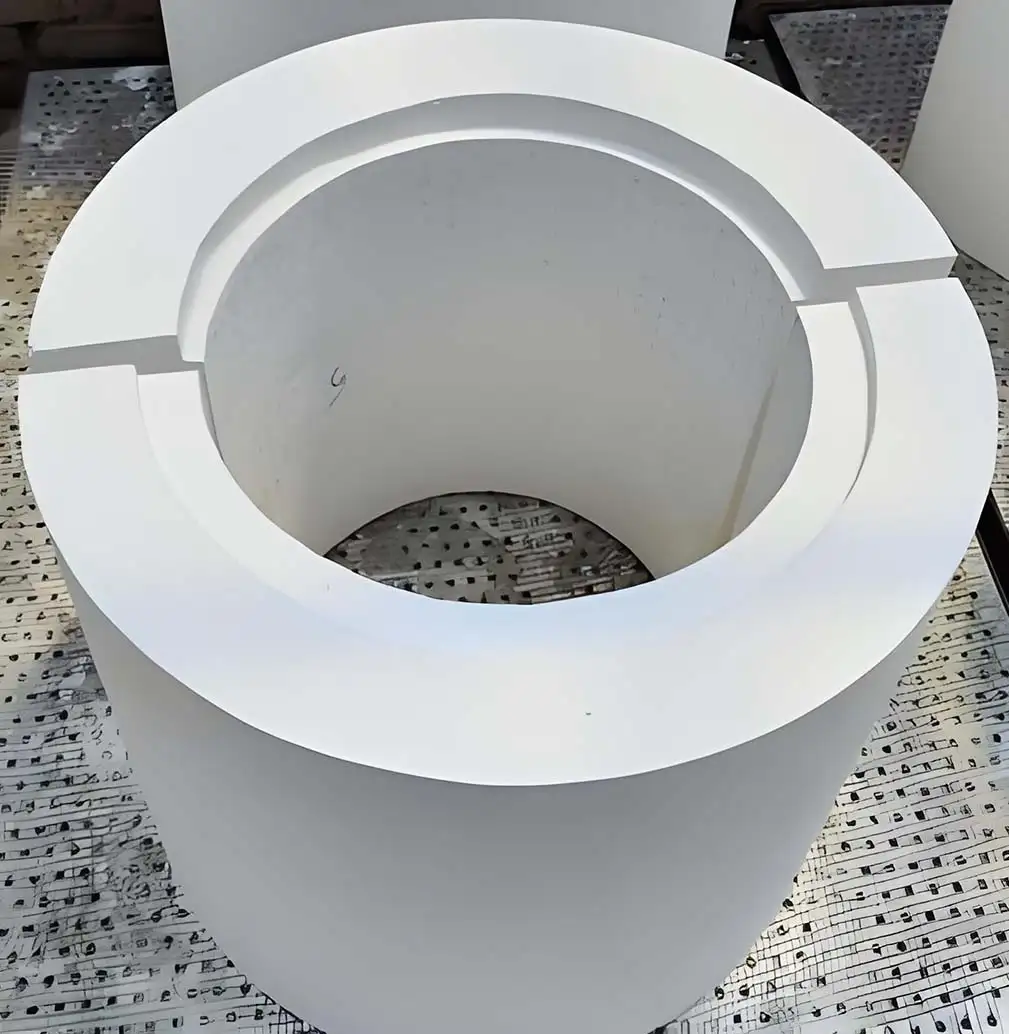
Ceramic fiber pipes are manufactured using refractory ceramic fibers, which are spun from molten silica, alumina, and other oxides. These fibers are bonded together to form a flexible or rigid tubular structure, depending on the manufacturing process. Key characteristics include:
Ceramic fiber pipes reduce energy consumption by limiting heat transfer, making them ideal for:
Weighing up to 80% less than traditional refractory bricks, they simplify installation in tight spaces or complex geometries.
Withstands rapid temperature fluctuations without cracking, crucial for applications like:
Fast heating and cooling cycles improve process efficiency in industries like steel production and glass manufacturing.
Non-reactive to most corrosive substances, including molten metals, making it suitable for:
| Type | Key Features | Applications |
|---|---|---|
| Flexible Hoses | Withstands vibration and bending | Marine engine exhausts |
| Rigid Tubes | High compressive strength | Furnace door seals |
| Composite Pipes | Steel casing for mechanical protection | Petrochemical pipelines |
| Pre-Formed Elbows | Custom angles for tight spaces | Ductwork in HVAC systems |
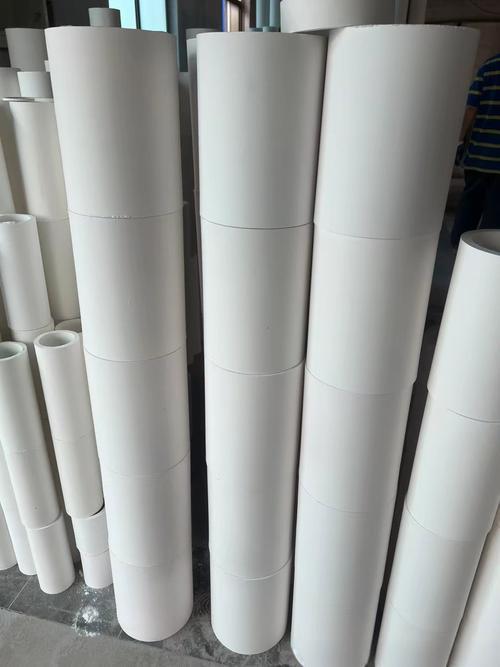
When choosing a ceramic fiber pipe, consider:
Ceramic fiber pipes are indispensable in high-temperature industrial processes, offering a balance of durability, efficiency, and safety. Whether you’re designing a furnace, upgrading exhaust systems, or developing cutting-edge aerospace technologies, understanding the properties and applications of ceramic fiber pipes ensures optimal performance and cost savings. For tailored solutions, consult manufacturers specializing in custom dimensions and advanced material formulations.
